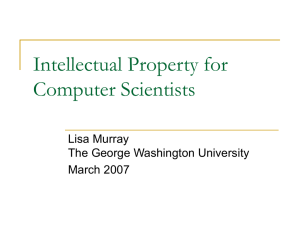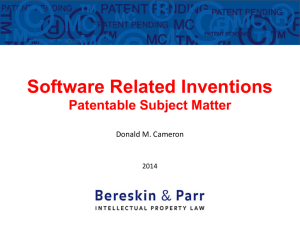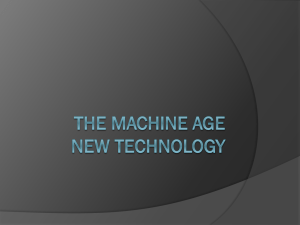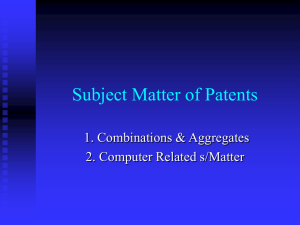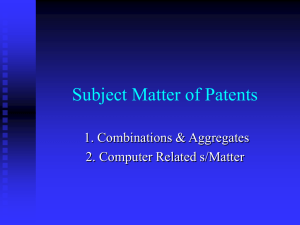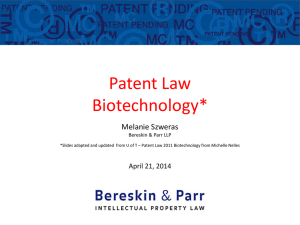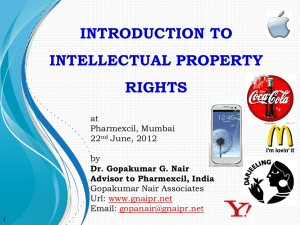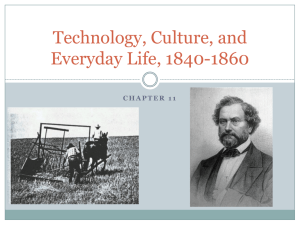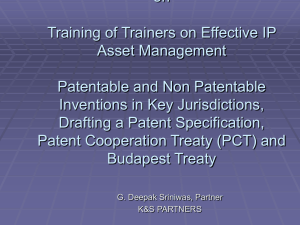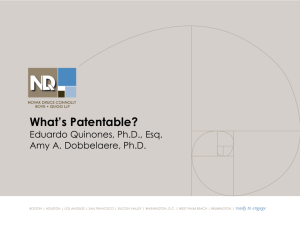Unpatentable in Japan
advertisement
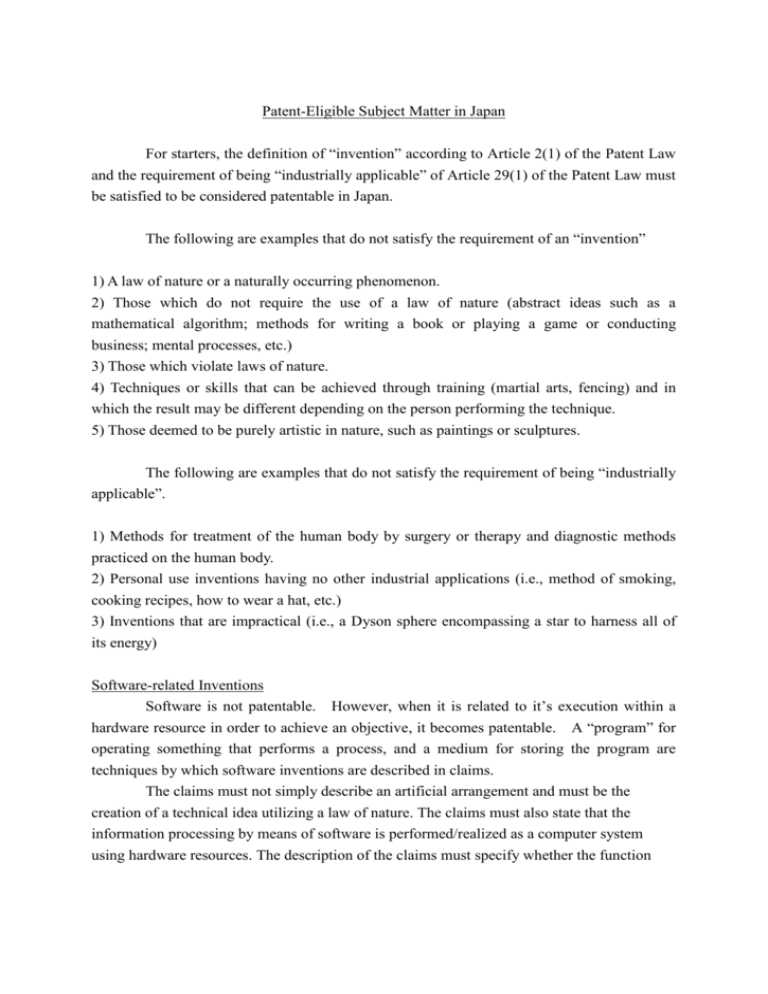
Patent-Eligible Subject Matter in Japan For starters, the definition of “invention” according to Article 2(1) of the Patent Law and the requirement of being “industrially applicable” of Article 29(1) of the Patent Law must be satisfied to be considered patentable in Japan. The following are examples that do not satisfy the requirement of an “invention” 1) A law of nature or a naturally occurring phenomenon. 2) Those which do not require the use of a law of nature (abstract ideas such as a mathematical algorithm; methods for writing a book or playing a game or conducting business; mental processes, etc.) 3) Those which violate laws of nature. 4) Techniques or skills that can be achieved through training (martial arts, fencing) and in which the result may be different depending on the person performing the technique. 5) Those deemed to be purely artistic in nature, such as paintings or sculptures. The following are examples that do not satisfy the requirement of being “industrially applicable”. 1) Methods for treatment of the human body by surgery or therapy and diagnostic methods practiced on the human body. 2) Personal use inventions having no other industrial applications (i.e., method of smoking, cooking recipes, how to wear a hat, etc.) 3) Inventions that are impractical (i.e., a Dyson sphere encompassing a star to harness all of its energy) Software-related Inventions Software is not patentable. However, when it is related to it’s execution within a hardware resource in order to achieve an objective, it becomes patentable. A “program” for operating something that performs a process, and a medium for storing the program are techniques by which software inventions are described in claims. The claims must not simply describe an artificial arrangement and must be the creation of a technical idea utilizing a law of nature. The claims must also state that the information processing by means of software is performed/realized as a computer system using hardware resources. The description of the claims must specify whether the function specifies an operational function (i.e., that performed by a human being) or a processing function performed by the computer. Business-related Inventions If the method requires human judgment, does not require a law of nature to function, or is based on man-made rules, the method is generally not patentable. Again, if the method is associated with hardware resources which execute the method (similar to as stated above), and a law of nature may be used therein, the method becomes patentable. Such methods tend to fall into the fields of communication and internet-based commerce. Medical-related Inventions The case of methods of treating, operating upon, or diagnosing a human being is most commonly used to reject a patent application, and by carefully wording the claims in order to avoid direct mention of use of the invention on a human, or by the hand of a skilled operator (physician), the industrially applicability requirement can be satisfied. In Japan, the use and access to methods by which a physician would diagnose and treat a patient (medical acts) is not to be limited in any manner. Products associated with medical treatments and procedures are generally patentable. The method for administering a drug to a patient in itself is not patentable, however, the administration period and amount of a drug for treatment is patentable. The method for treating a sample which has been obtained from a human and for analyzing the data obtained from the samples do not fall under "methods for treatment of the human body by surgery or therapy and diagnostic methods practiced on the human body," unless it is deemed that the sample will be returned to the human from which it was obtained, such as in dialysis. However, methods for manufacturing a product (i.e., vaccines, genetically modified medicines, etc) using materials obtained from a human do not fall under "methods for treatment of the human body by surgery or therapy and diagnostic methods practiced on the human body,", even if the manufactured medicine (product) will be returned to the human from which it was obtained. Often a second medical use claim is drafted in order to specify that a known substance (pharmaceutical composition) can be used in a new treatment application, i.e., “A use of substance (A) for the production of a pharmaceutical composition for the treatment and prophylaxis of disease (X)”. If the method of treatment is, for example, “The method for excising a tumor from a human using a scapel” is not patentable. The following is a general summary of medical-related inventions which are patentable and which are not patentable in Japan Patentable Medicine, compositions, etc Not patentable pharmaceutical Methods for treatment of a human body with a pharmaceutical substance Medical instruments or devices Methods for contraception or delivery Methods for treating samples removed from the human body (e.g. blood, or serum blood products, tissue, or hair), and methods of obtaining data by Methods for surgical operations and drawing blood analyzing the above samples physical treatment to a patient to cure a disease Cosmetic methods for surgical operations even those having no therapeutic or diagnostic purpose Methods of giving or injecting medicine, or giving Operating methods performed by a Methods of transplanting an artificial internal organ or medical instrument, device, or artificial limbs apparatus lacking a step or procedure Methods of preventing disease for applying to the human body Methods for manufacturing medicines (such as pharmaceutical drugs, vaccines, genetically modified medicines) and for utilizing material obtained from human parts in the Methods of treatment for the maintenance of physical health Preparatory methods of treatment by therapy, auxiliary methods for improving treatment results, or methods for nursing associated with treatment; treatment or prophylaxis of disease or Methods of obtaining data by measurement of conditions. structures or functions of an organ in the human body for detecting diseases or determining the physical condition of the human body Operating procedures on the human body by a medical instrument, or methods of determining the condition of diseases on the basis of the data Methods of measuring the shape or size of internal organs or the conditions of the human body for detecting diseases or determining condition of the human body the physical
